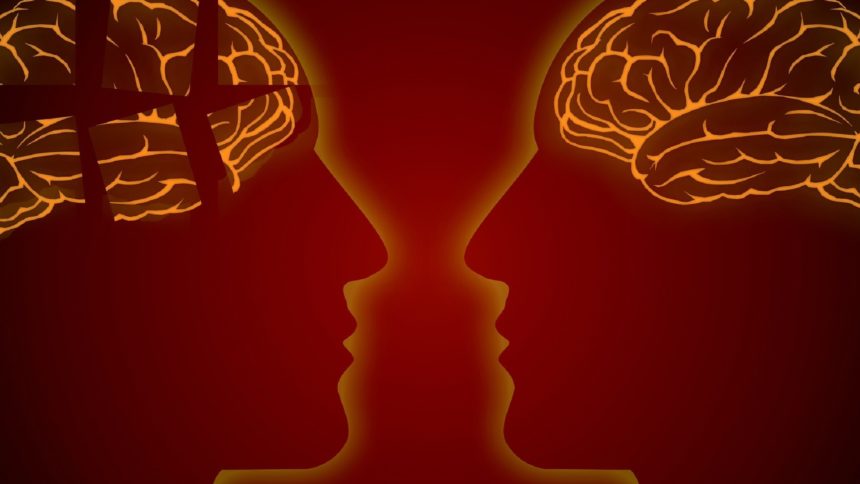Vascular dementia is one of the most common forms of dementia. The disease is caused by a disturbance in the blood supply in the brain. Many people with vascular dementia have a history of cardiovascular disease, such as chronic high blood pressure, cardiac arrhythmia, diabetes, tias or strokes.
The treatment of vascular dementia often focuses on these underlying diseases.
Symptoms of vascular dementia
Vascular dementia usually begins between 65 to 75 years of age, but can also occur at a younger age. Men are more likely to experience this type of dementia than women. The symptoms depend on the areas in the brain that are damaged.
In vascular dementia, it often occurs first that people start thinking, speaking and acting more slowly. One can probably also concentrate more difficult. Often they also have physical symptoms due to the brain damage. Such as paralysis symptoms, muscle stiffness, loss of feeling or epileptic fits. Their voice sounds much softer. In case of damage to other parts of the brain, those affected suffering from dementia can suffer from aphasia: they will not find the right words and many concepts seem to have been erased from the memory.
Awareness of their own illness
In the case of incipient vascular dementia, the dementia often does not (yet) suffer from memory problems or personality changes. Because of this they realize all too well what is going on with them. The awareness of the disease can lead to depression. Because of this they feel sad and less energetic. It is important to treat this underlying depression. This usually happens with medication. If the depression decreases, they will probably start to function better again.
Course of vascular dementia
Vascular dementia develops as a result of (small) strokes or tias. A succession of these infarcts can lead to vascular dementia. This form of dementia can also be caused by only a single infarction in an important brain area. Characteristic of this disease is that it suddenly begins (as a result of the cerebral infarctions) and progresses step by step.
Causes of vascular dementia
The brain uses a lot of energy and oxygen. The oxygen is transported through the blood through arteries to the brain and through smaller and smaller blood vessels to all parts of the brain. Problems in blood flow can lead to oxygen deprivation in certain areas of the brain, causing brain cells to die off. These problems arise when the vessel walls become more rigid due to conditions such as arteriosclerosis, an embolism or thrombosis. Brain cells can not recover and can not be replaced when they die.
Treatment of vascular dementia
Vascular dementia itself can not be treated for the time being. But often it is possible to treat additional symptoms, such as depression, anxiety or hallucinations. The treating physician will probably in any case try to treat the underlying cardiovascular disease in order to limit further damage as much as possible. To prevent further brain damage, it is important to adjust the lifestyle: stop smoking, lose weight, exercise adequately, good nutrition and moderate alcohol consumption.
In this video (opens in a new browser tab or window) you will find more about vascular dementia.

